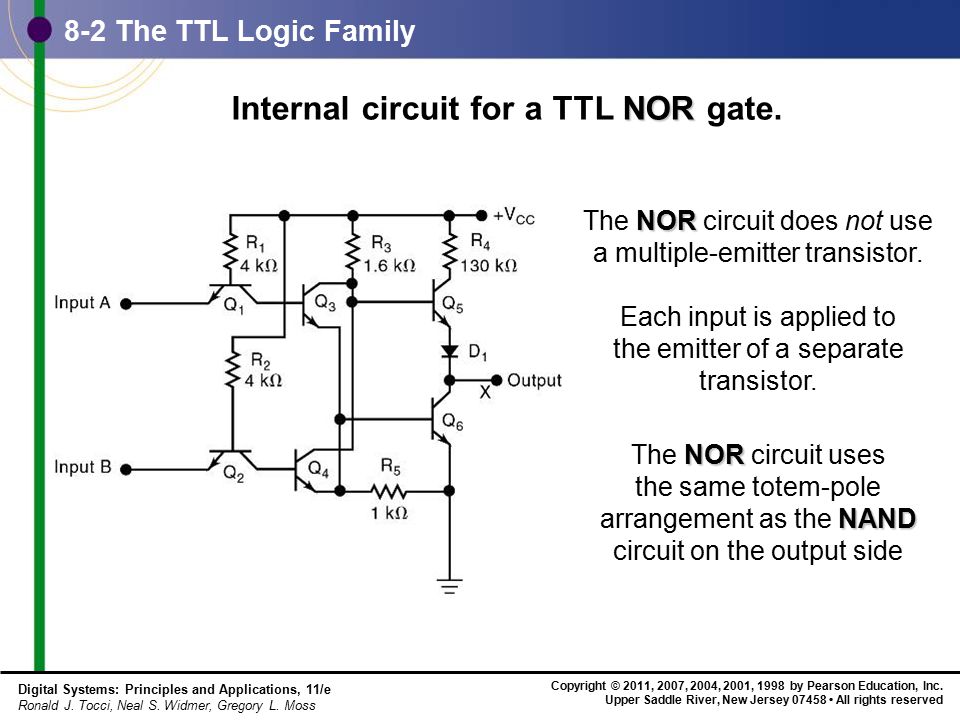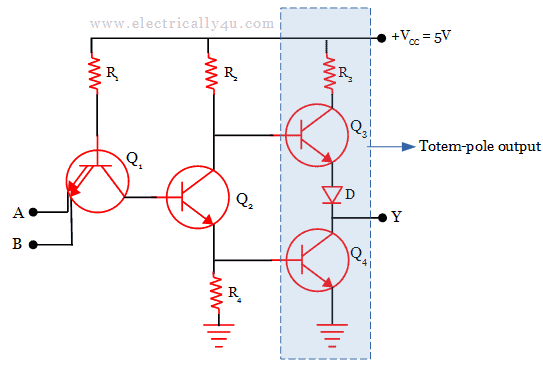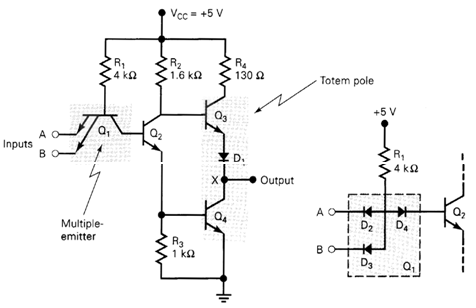
Most of the time, a logic 'low' ('0') is defined as being at (or near) zero volts. In order to gather and present data to and from the real world, there is also a need for analogue to digital converters (ADCs), and their opposites, digital to analogue converters (DACs). There are many others as well, but these simple gates form the basis of most digital circuitry as we know it today. These provide an output based on the voltage applied to their inputs, and the most common are the AND gate, OR gate and inverter (also called a NOT gate). The essential elements of any logic circuit are gates. I worked on these back when it was still economical to fix computer boards, during the mid 1980s. These reduced the size of a basic computer from several large PCBs to just one (still large) PCB.


The earliest computers were built using TTL logic, often helped by including a pair of ALUs (Arithmetic Logic Units), most commonly the 74181 (now long obsolete). For anyone interested, this is a fascinating area, and formed the basis of modern computing as we know it today. There were mechanical, with the best known being Charles Babbage's 'Analytical Engine' which was actually made operational by Ada Lovelace, and she is often regarded as the first 'computer' programmer. Likewise, it would not be helpful to try to describe how (very) early mathematical 'engines' worked. It would be a pointless exercise to even attempt to describe the internals of a modern microprocessor, but the building blocks used to create the circuit perform the same jobs as the earliest circuits that were ever used. As technology progressed, the size of components shrunk, until we now have a chip you can hold in one hand (with lots of room to spare) having millions of transistors. They were limited because the number of valves needed became unrealistic, as did the power supplies needed to feed them electrons. Before that valves (vacuum tubes) were used for either analogue or limited digital computers.

High speed circuitry used ECL (emitter coupled logic) which operated the transistors in the non-saturated (not turned fully on) to obtain higher speed. In the early days, we had RTL (resistor-transistor logic) along with DRL (diode-resistor logic), DTL (diode-transistor logic), TTL (transistor-transistor logic), PMOS (P-Channel metal oxide field effect transistors - MOSFETs) then CMOS (complementary MOSFETs, both P and N-Channel). 5.0 Flip-Flops, Counters And Shift-Registers.3.0 Simple DIY Diode-Resistor/ Transistor Logic.


 0 kommentar(er)
0 kommentar(er)
